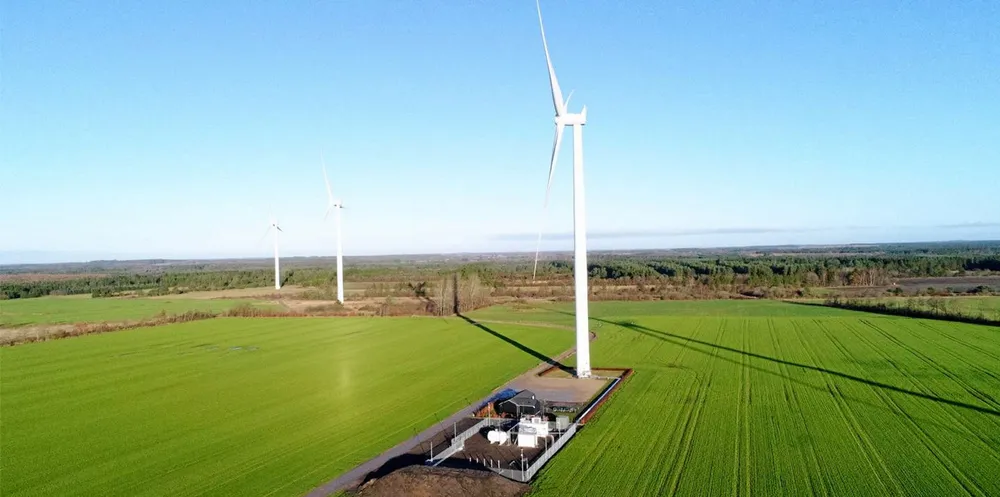'Violent shakedown': Green hydrogen to become cheaper than grey within two years, says analyst
Economies of scale will reduce cost of electrolysers by more than 85% by 2030, predicts Rethink Energy

Economies of scale will reduce cost of electrolysers by more than 85% by 2030, predicts Rethink Energy
